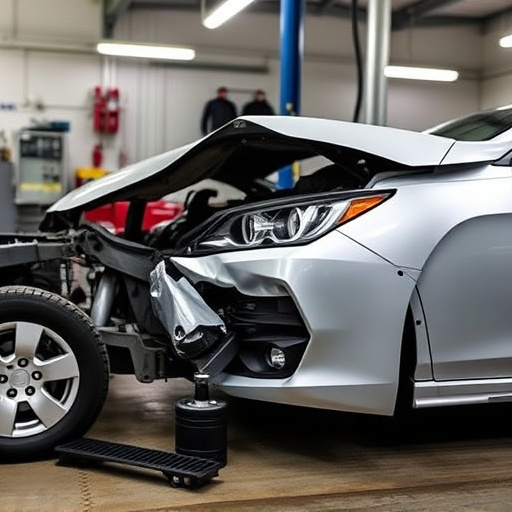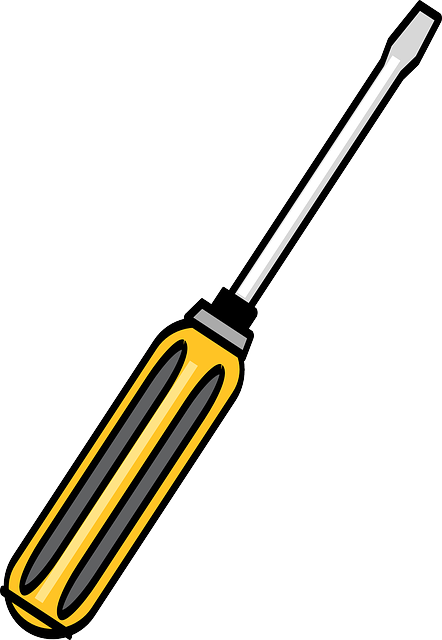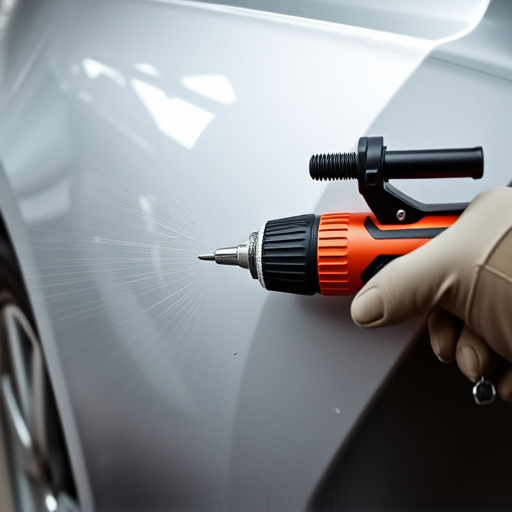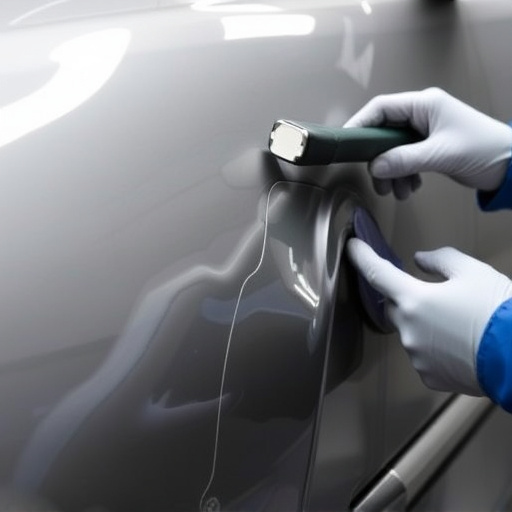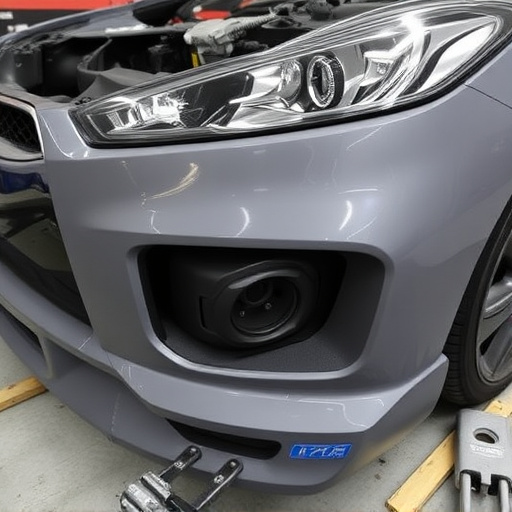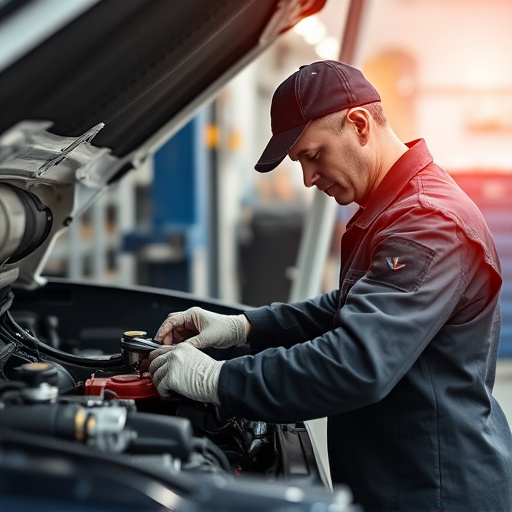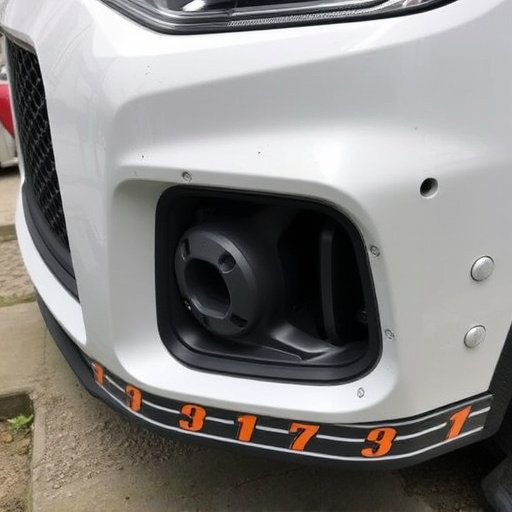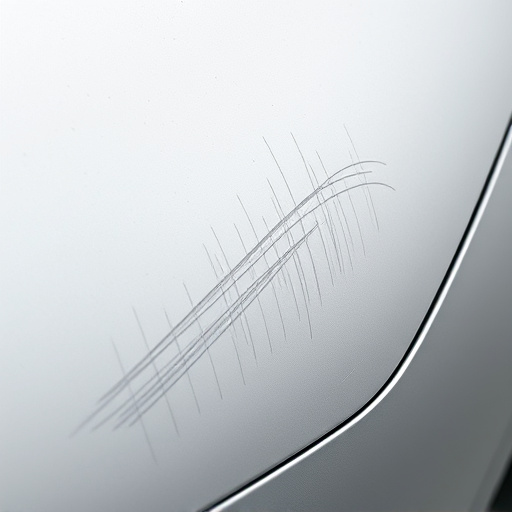Airbag safety certification is crucial for collision repair shops. This ensures repairs meet safety standards, particularly for airbags, guaranteeing proper deployment and occupant protection. Specialized tools like diagnostic scanners, vacuum pumps, and precise cutting/welding devices are required. Testing involves mannequins and simulated crashes to verify performance and adherence to regulations. Maintaining certification is vital for passenger safety and reliable airbag function.
In the realm of automotive repairs, especially those involving airbags, understanding airbag safety certification knowledge is paramount. This comprehensive guide delves into the essential tools required for accurate and safe airbag repair and testing, ensuring compliance with stringent certification requirements. From recognizing critical safety standards to employing advanced calibration methods, this article equips professionals with the insights needed to navigate the intricate world of airbag safety certification.
- Understanding Airbag Safety Certification Requirements
- Essential Tools for Airbag Repair and Testing
- Ensuring Accuracy: Calibration and Verification Methods
Understanding Airbag Safety Certification Requirements

Understanding Airbag Safety Certification Requirements is a critical step for any collision repair shop undertaking vehicle paint repair or auto glass replacement. This certification ensures that all repairs meet stringent safety standards, particularly regarding airbags. In the event of a deployment, the airbag must function flawlessly to protect occupants, and any alteration to the system could compromise this vital safety feature.
The process involves meticulous attention to detail during each stage of the repair, from diagnosing the issue to replacing components. Technicians in a reputable collision repair shop are trained to handle these certified repairs, ensuring that every tool used complies with the required standards. This includes specialized equipment for auto glass repair and precise tools for vehicle paint repair, all designed to maintain the integrity of the airbag system.
Essential Tools for Airbag Repair and Testing
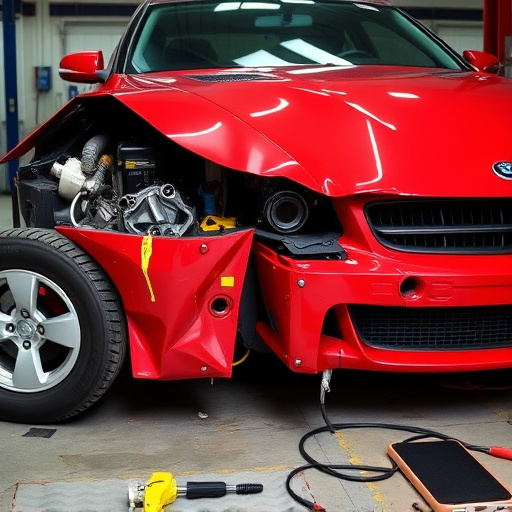
When it comes to airbag repairs, ensuring safety is paramount. This is where proper tools and knowledge of airbag safety certification become crucial. Specialized equipment is designed to test and replace airbags with precision, adhering to strict industry standards. These tools are essential for any car body shop or automotive repair center handling such delicate tasks.
Among the vital tools required are diagnostic scanners for identifying issues, specialized vacuum pumps for safe removal and installation, and precise cutting and welding devices. For testing, mannequins and simulated crash scenarios help evaluate the effectiveness of repairs. This comprehensive approach guarantees that airbag systems function optimally while adhering to regulations, making every car dent repair a success story in terms of safety and reliability.
Ensuring Accuracy: Calibration and Verification Methods
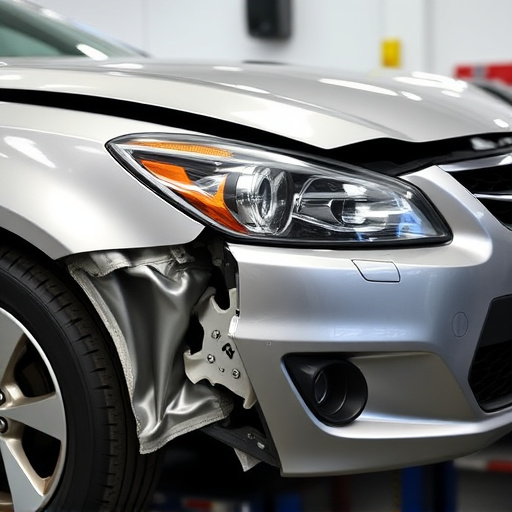
Maintaining accuracy during repairs that involve airbag systems is paramount to ensuring safe and effective deployment in the event of a vehicle collision. This necessitates a thorough understanding of calibration and verification methods specific to airbag safety certification. Auto repair shops must employ sophisticated tools and adhere to stringent protocols to calibrate sensors, test inflators, and validate the overall functionality of the airbag system.
Proper calibration ensures that sensors detect even subtle changes in vehicle dynamics during a collision, triggering the airbags at the optimal moment for maximum protection. Verification methods include rigorous testing of inflator mechanisms, ensuring they deploy consistently and safely under simulated impact conditions. These processes are crucial aspects of vehicle collision repair, as they safeguard both the safety of occupants and the integrity of the airbag system itself, pivotal considerations in any auto repair shop.
When undertaking repairs that require an understanding of airbag safety certification, it’s crucial to arm yourself with the right tools and knowledge. This article has explored key aspects, from meeting stringent certification requirements to employing essential repair and testing tools. Additionally, we’ve delved into the importance of calibration and verification methods for ensuring accuracy. By adhering to these guidelines, professionals can confidently navigate the complexities of airbag safety certification, ultimately fostering safer vehicles on the road.
